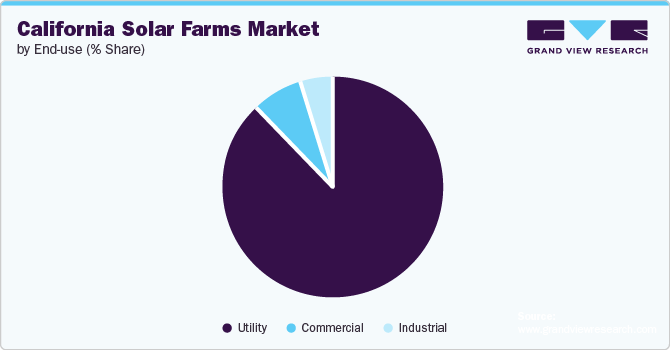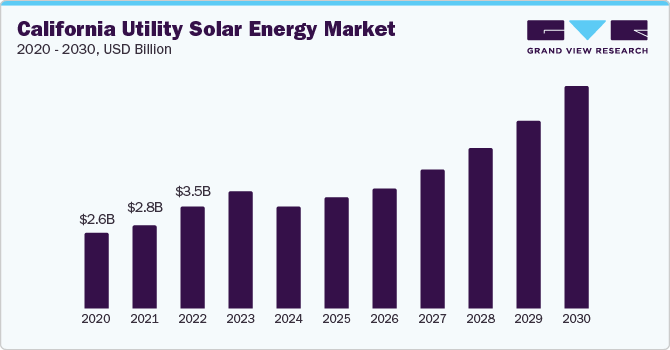Industry Overview
The San Bernardino solar farm industry is expected to continue witnessing significant growth in the coming years. The presence of federal and state incentives, along with tax credits in the country, are pivotal growth drivers for the California solar farm market. The Federal Investment Tax Credit (ITC) has been a cornerstone for solar film installations in the state. Under the ITC, homeowners and businesses can claim 30% of the cost of solar installation as a tax credit. This substantial financial incentive reduces the upfront cost of solar energy equipment, making them increasingly accessible and attractive to a broad range of consumers. The ITC has played a pivotal role in encouraging the commercial adoption of solar farms in California, effectively fuelling the demand for these films in the country.

State-level incentives and tax credits add a valuable layer of support to solar installations in the U.S. A number of states in the country offer their own set of incentives to promote the use of solar technologies, including solar films. These incentives include state tax credits, rebates, grants, property tax exemptions, and sales tax exemptions. The availability and scope of these state-level incentives vary from one state to another, but collectively, they enhance the overall appeal of solar film projects in the U.S. State-level incentives reduce the financial barriers associated with solar film adoption, making them a highly attractive and economically feasible option for consumers and businesses. This diverse landscape of state-level incentives fuels the market penetration of solar films in California.

Moreover, net metering policies, which operate at state levels in the U.S., play a pivotal role in the growth of the California solar farm market. Net metering allows users of solar energy to accrue credits for any surplus electricity generated by them and feed that electricity back into the grid. These credits can subsequently offset their electricity bills, resulting in tangible energy cost savings. The prospect of a substantial reduction in energy expenses serves as a potent financial incentive for users that further propels the adoption of solar films in the state. Net metering rules that allow individuals and companies to achieve a considerable reduction in their electricity costs, not only support the economic feasibility of solar films but also reinforce the sustainability goals of the U.S. They encourage the widespread integration and utilization of this clean energy source and promote energy independence and environmental responsibility across the state.
Deliverable Overview
The deliverable consists of more than 42 San Bernardino Solar Farm Analysis Database along with their name, headquarters, Annual Sales, 2022 (USD Million), Employee Count (2022), Key markets served, Facility phase (Existing / Planned), Production capacity - GWh, Key customers, Contact number, address, and strategic initiatives.
Scope Details
|
Attribute
|
Details
|
|
Total number of slides in the database
|
14
|
|
Total number of companies in the database
|
More than 50
|
|
Deliverable format
|
Excel
|
|
Country scope
|
U.S.
|
|
Key markets covered
|
California
|
|
Company Category
|
San Bernardino Solar Farm Analysis
|





